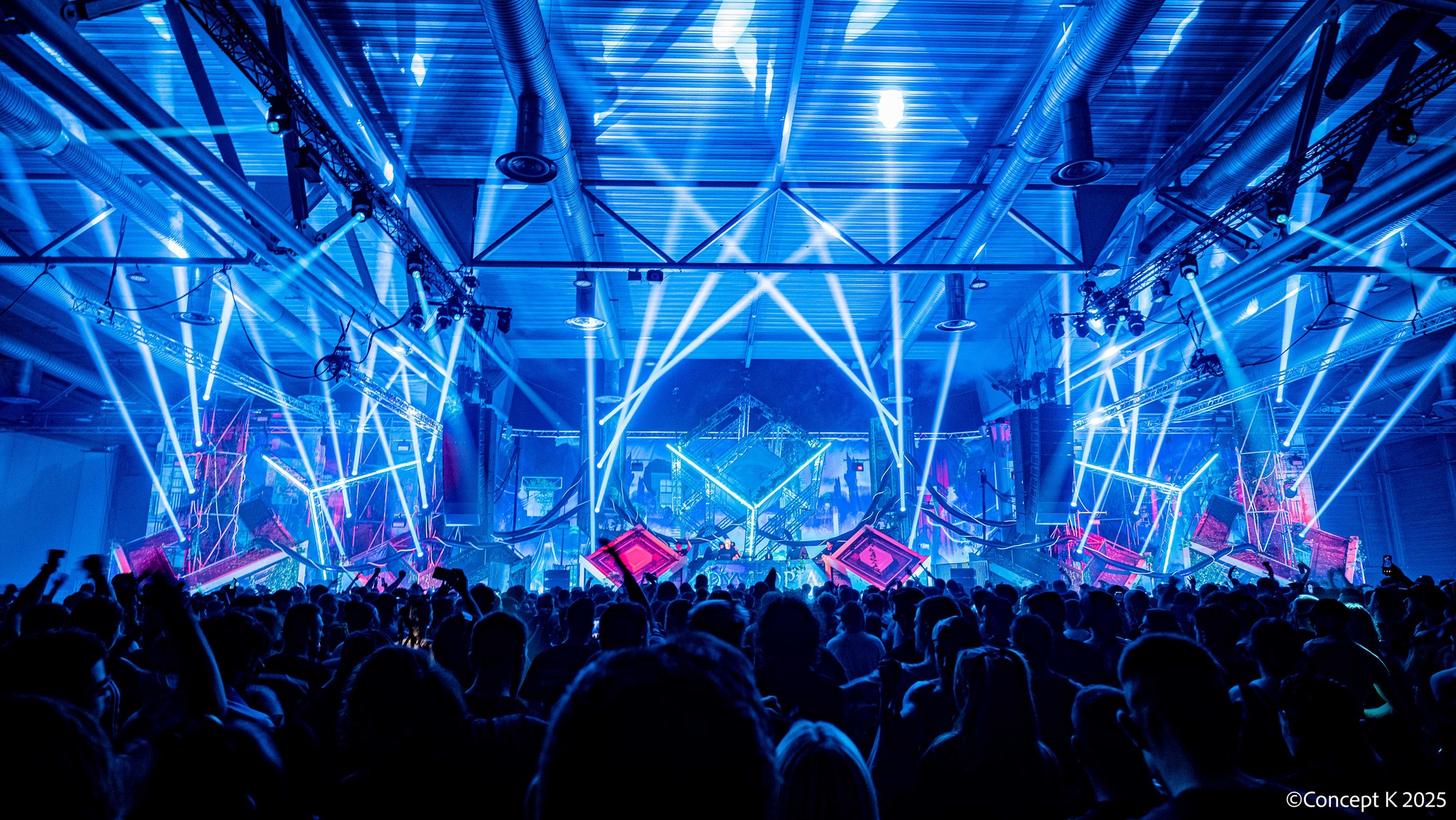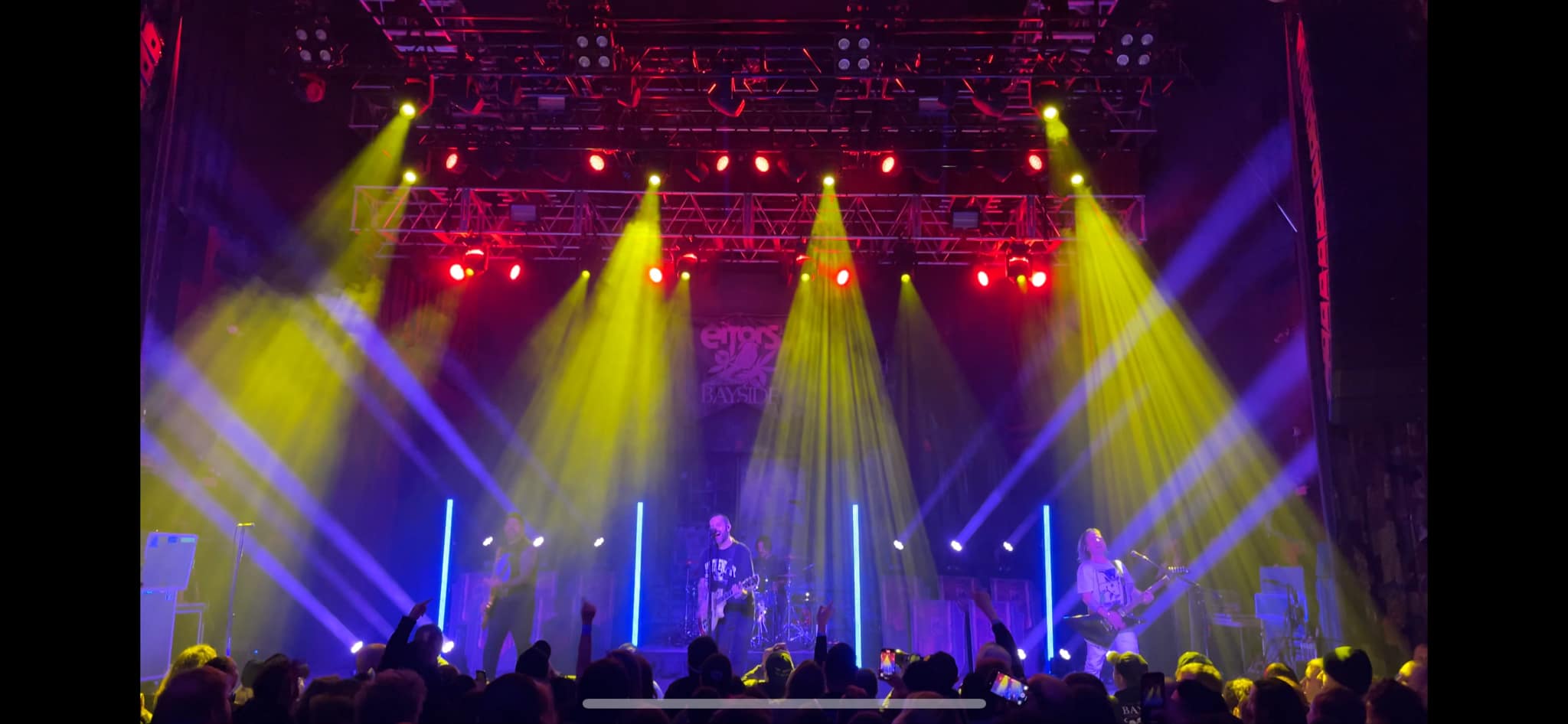
NIAGARA FALLS, NY — Philips Lighting control systems are managing the new color illumination of the landmark 167-foot-high Niagara Falls, on the border of the U.S. and Canada. The new LED system, activated Dec. 1, 2016, replaces Xenon spotlights in use since 1974 and, prior to that, carbon arc sources in use since the falls were first permanently illuminated in 1925.
More details from Philips (www.newsroom.lighting.philips.com):
The systems from Philips Entertainment Lighting form the centerpiece of the recently opened LED upgrade. Two Philips Strand Lighting NEO consoles, used widely in theatrical lighting, control 1,400 third-party color LED luminaires for the ‘Niagara Falls Illumination Enhancement Project.’
The luminaires, grouped in 350 controllable zones, enable lighting effects, such as sunrise, sunset and the Aurora Borealis, to be played on the 600,000 US gallons (271,247 liters) of water cascading over the falls every second.
The goal of the Niagara Falls Illumination Board is to enhance the visitor experience and gain energy efficiencies and longevity from the LED lighting. The $4 million upgrade of the previous Xenon lighting system will provide a 60% energy saving and the crisp, clear illumination will be up to 4-14 times brighter than the original system depending on which of the 18,000 available colors are projected. A consortium of companies implemented the project: ECCO Electric Ltd, Salex Inc, Mulvey & Banani Lighting Inc, Scenework and Stanley Electric. The illumination was unveiled to the public on December 1, 2016.
Colin Kavanagh, General Manager of Philips Entertainment Lighting, said “This was a challenging and ambitious project for one of the top 10 most visited tourist attractions in the world. The beautiful nighttime spectacle we helped create underlines the dependability and flexibility of our control systems and software to do more than just stage shows and concerts.”
Why they chose Philips Strand Lighting NEO
“From the onset of the project we knew that we were going to need a robust theatrical lighting controller with an effects engine capable of producing the natural, fluid moments we desired,” said Alan McIntosh, Senior Lighting Designer at Mulvey and Banani Lighting.
Ron Foley of Scenework recommended the Philips Strand Lighting NEO consoles, “We knew the NEO would be the ideal control platform for the unique requirements of this monumental project. We required individual DMX control of the fixtures and a simple touch screen operator interface so that volunteer operators could manage the display without the need for training on the console.”
Philips Entertainment Lighting designed custom software features to further improve the efficiency and the ease of programming of the NEO console.
“I was impressed with the custom ‘paint box’ program the developers added in for the project,” says McIntosh. “The simple but effective solution added dramatic trailing effects to some of the looks we designed. The software’s Channel Matrix system allowed the lighting plot to be laid out in exactly the same way on screen. This gave the team the ability to quickly select a particular area of the falls and adjust the color by drawing a window around them on the touchscreen.”



